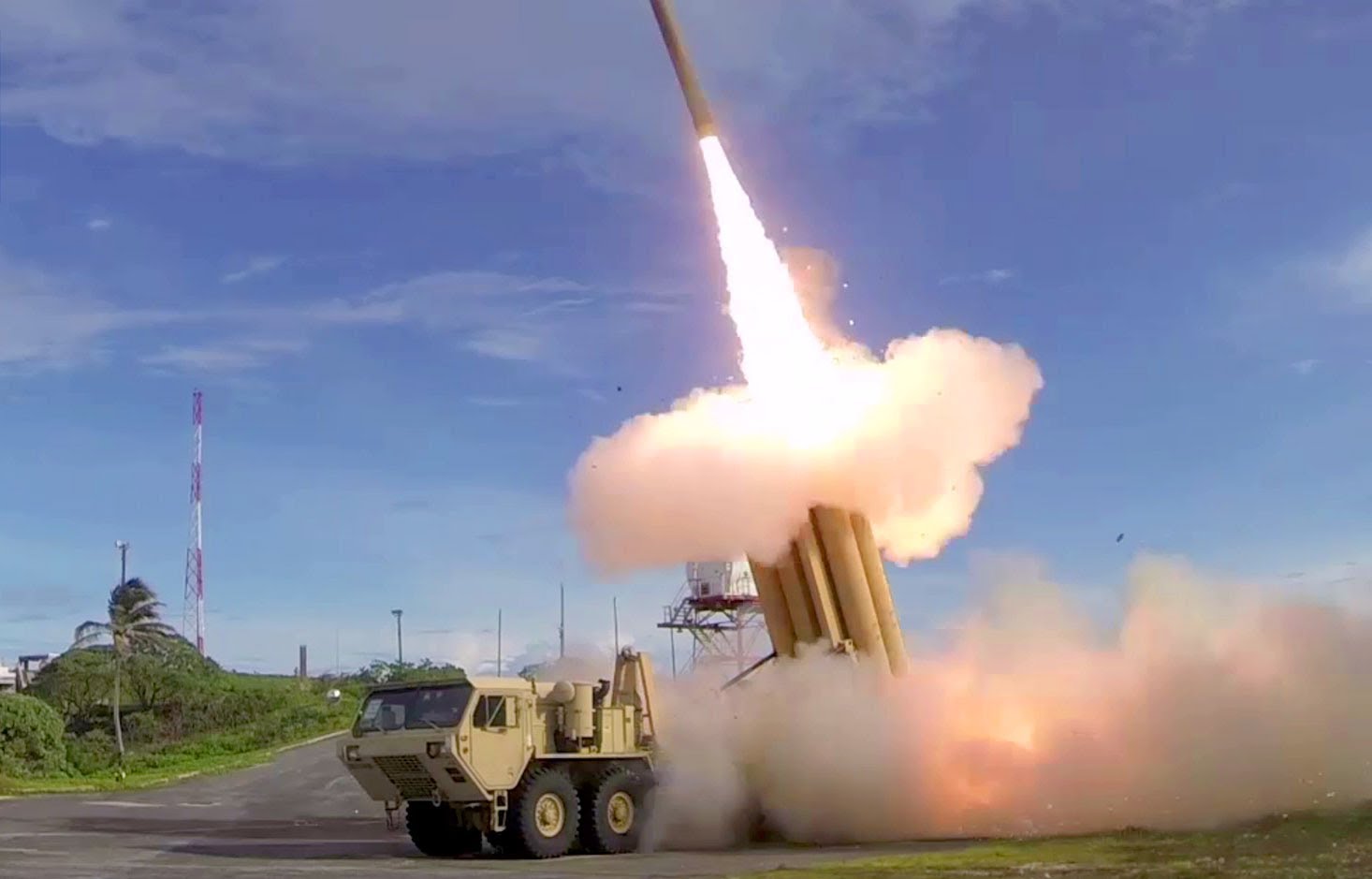Air Force looking at directed energy technologies to protect US from enemy missiles
08/02/2021 / By Nolan Barton

The Air Force is investigating “directed energy” (DE) technologies they hope could turn beams of energy into a force field that could be used to destroy enemy missiles similar to Israel’s Iron Dome.
In a new report titled “Directed Energy Futures 2060,” DE is described as “a focused beam of electromagnetic energy that is used to enable or create military effects, when used in conjunction with other military systems, including kinetic weapons.”
This can include lasers, radiofrequency devices, high-power microwaves, millimeter-wave and particle beams – all of which could create at least five military effects: deny, degrade, damage, destroy or deceive.
The report suggests the force field would be created by trucks or satellites equipped with lasers or other systems, which could potentially be used to form a dome-like, invisible barrier over the entire nation. Any enemy missile or aircraft attempting to penetrate that force field would be destroyed by coming into contact with those high-energy beams.
Current DE technology “not quite Star Wars”
The Air Force Research Laboratory’s (AFRL) Directed Energy Deputy Chief Scientist Jeremy Murray-Krezan said in a press release that current directed energy technology is “not quite Star Wars,” but noted that the AFRL is “getting close.” (Related: Navy patents suggest American military possesses alien technology.)
The Star Wars films feature glowing energy shields that protect troops, machines and spacecraft.
“By 2060 we can predict that DE systems will become more effective, and this idea of a force field includes methods to destroy other threats too,” Murray-Krezan said. “Eventually there may be potential to achieve the penultimate goal of a nuclear or ballistic missile umbrella. It’s fun to think about what that might be in 2060, but we don’t want to speculate too much.”
The DE systems currently play important military roles worldwide. They are already being used in counter-air defense, target identification, tracking, counter-intelligence search and reconnaissance and electronic warfare.
However, particle beams, lasers and other systems “must propagate militarily relevant distances” for the technology to produce a powerful force field by 2060.
According to the press release, they must be turbocharged to make them effective over longer distances. “Militarily relevant systems are currently limited to less than a few hundred meters of effective range,” the press release said.
Once the technology is capable of reaching farther ranges, AFRL suggests placing the force field at altitudes above 30,000 feet where human exposure is less likely. Not only does the report lay out how AFRL would develop the technology, but it also urges officials to get behind the innovation for the sake of the nation.
“It is not a certainty that U.S. servicemen and women will be members of the most technologically sophisticated military in future conflicts,” the press release said.
Directed energy weapons (DEWs) are currently being rapidly developed and proliferated around the world, and DE is globally considered to be a game-changing military technology.
“It is anticipated that peer-competitors, rogue nations, terrorist and criminal organizations will continue to possess similar DEWs that can degrade, disrupt, deny, damage and even destroy equipment,” the press release said.
“Therefore, the U.S. should invest in technologies to at least maintain parity in DE areas, which includes countermeasures to shore up known vulnerabilities in case of either a high-end conflict or a 9/11, terrorist-style, DE attack.” (Related: U.S. missile defenses rendered totally obsolete by Mach 10 hypersonic missile developed by China.)
Israel’s Iron Dome saves thousands of lives
Israel has been using its Iron Dome since 2011. It is an anti-missile defense system that uses radar technology and interceptors (missiles) to track and destroy incoming rockets. Iron Dome is constantly on the lookout for incoming rockets and when one is detected, the information is processed and sent to the missile battery system.
Information about the incoming rocket’s speed and trajectory is used to direct an interceptor towards it. The interceptor locks on to the incoming rocket and explodes as it gets very near to it, destroying the rocket in mid-air. The Iron Dome can detect rockets from 2.4 miles to 43.4 miles away.
The Iron Dome saved thousands of Israeli lives during rocket attacks by Hamas in May, fending off most of the more than 4,300 rockets fired from Gaza during the conflict. The performance of the air defense system has sparked talks between Israel and the U.S. about buying more of the missile defense system.
President Joe Biden announced in May that the U.S will help Israel renew its arsenal of Iron Dome interceptors. Meaning, the U.S. will replace the large number of missiles used by Israel.
Updated data shows that about 3,000 of the rockets fired in the current operation penetrated Israeli territory until the cease-fire, which went into effect on May 20. The rest of the rockets landed within the Gaza Strip.
The system’s ability to discriminate between threats headed towards a populated area and those that will fall into the sea or open fields reduces costs and limits unnecessary interceptor launches.
Of the 3,000 missiles that penetrated Israel, more than 1,500 were supposed to fall in populated areas. A summary of all the data shows that out of the 1,500 on their way to populated areas, the Iron Dome system intercepted 1,428 missiles for a 95 percent kill rate.
Follow MilitaryTechnology.news for more news related to military technology.
Sources include:
Submit a correction >>
Tagged Under:
air defense system, defense system, Directed Energy Weapon, electro-magnetic energy, force field, future tech, innovations, military technology, missile defense system, national security, weapons technology
This article may contain statements that reflect the opinion of the author
RECENT NEWS & ARTICLES
COPYRIGHT © 2017 NATIONAL SECURITY NEWS






















